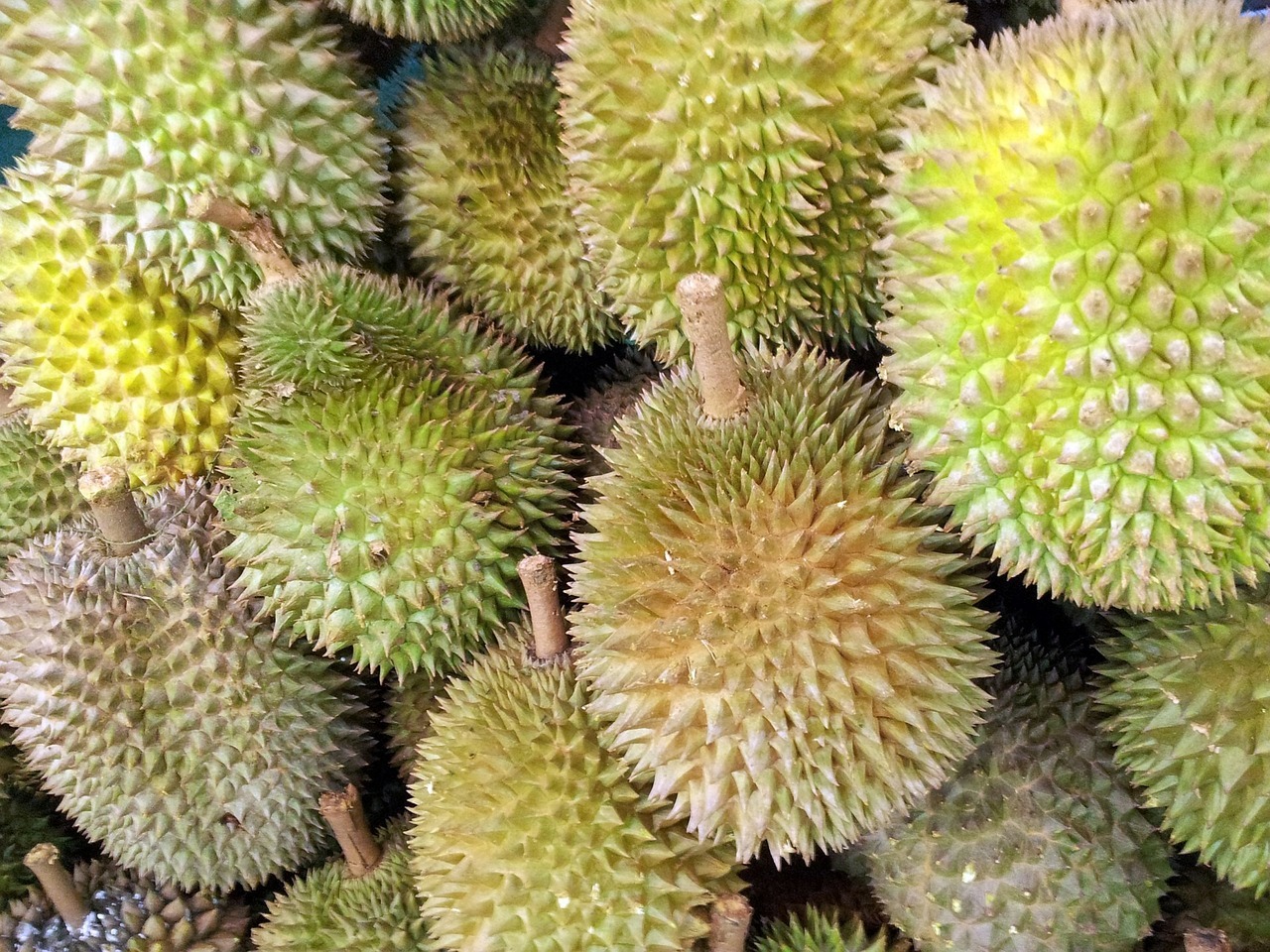Agricultures, Foods, News & Event
Bountiful durian harvest of higher quality expected amid heat wave in Malaysia
Scorching temperatures are expected to boost Malaysia’s durian harvest and enhance the quality of the country’s famous fruit, especially for its Musang King variety.
The intense heat compels trees to absorb more nutrients and fertilizers from their surroundings, resulting in fruits with better aroma, flavor, color and texture, Datuk Paul Mak, managing director of durian plantation, products and retail company Brighthill Synergy told The Straits Times.

The heatwave, which commenced on Nov. 11, 2023, due to the El Nino phenomenon, has triggered 118 heat alerts as of April 29 this year, with 88 classified as Level 1 status and 30 as Level 2 status, as per The Star‘s citation of the Malaysian Meteorological Department. Level 1 denotes daily maximum temperatures ranging between 35°C and 37°C, while Level 2 indicates temperatures between 37°C and 40°C endured for three consecutive days.
Mak has seen a remarkable 50% increase in flowering on his durian trees, indicating promising prospects for a higher fruit yield during the March to August durian season.
Meanwhile, other farmers speculated that the season would extend until October due to slower fruit maturation and prolonged tree blooming due to the heat.
Higher yields, however, often correlate with a decline in prices.
For example, the highest grade of Musang King saw its prices fall from RM50-70 (US$10.54-14.76) to RM20-30 per kilogram during the abundant harvest in 2023.
Nonetheless, a more bountiful harvest could potentially be advantageous for the country as its government is set to conclude negotiations to export fresh durians to China by the end of this year, The Business Times reported, quoting industry insiders.
Both governments are finalizing talks, aiming to secure regulatory approvals and address various technical details.
If the deal goes through, Malaysia, which can currently export only frozen durians to China, will begin competing against Thailand, Vietnam and the Philippines for an increased portion of China’s multi-billion-dollar fresh durian market.

